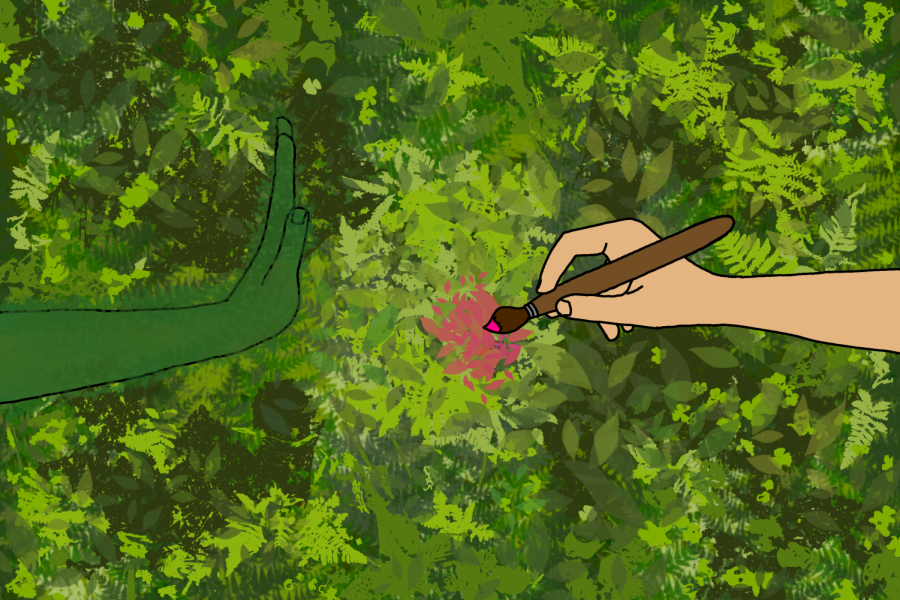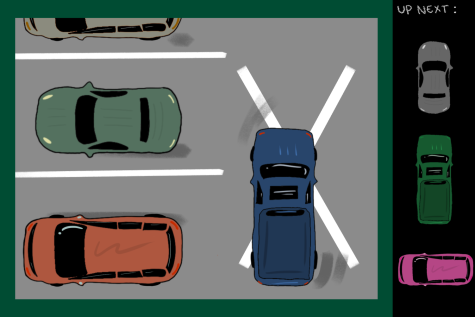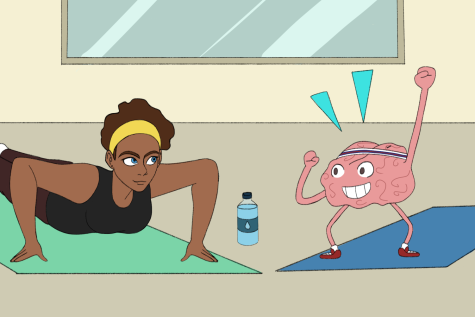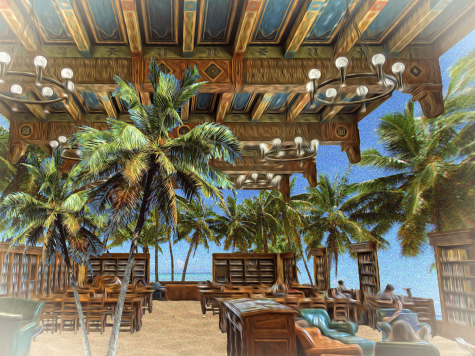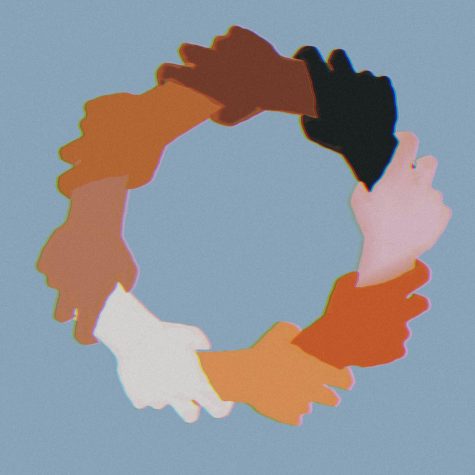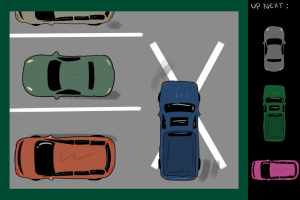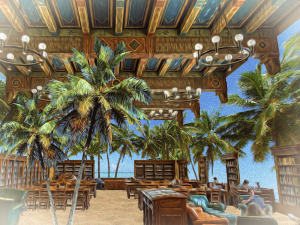Be wary of environmental art installations
November 18, 2022
When I went for a run through Pease Park last spring, I was caught off guard by something you don’t see every day: blue trees. I wasn’t lost in a set of “The Lorax”; I was staring directly at dozens of blue-painted trees in the middle of an Austin public park.
At first, I was shocked. There wasn’t a clear reason why the city would allow such an eyesore of an installation, or why they would permit such an offensive exploitation of the environment.
However, after further research and a thoughtful conversation with the artist, I understood the significance behind the unconventional art piece. The artist actually intended to raise awareness of the importance of trees. Looking back, this was obvious. The trees were not harmed, and the “paint” was a temporary, water-based colorant.
Unfortunately, not all environmentally-tasked art installations have such altruistic roots. Before an environmentally harmful exhibit comes to Austin, members of the UT community should be mindful of the difference between helpful and harmful art installations.
Environmentally harmful exhibits are all too common around the world: placing 24 melting ice blocks in London, attempting to cover the Arkansas River with fabric panels and installing massive artificial waterfalls are a few examples of when art takes a toll on the environment.
These installations recklessly use environmental resources at a high cost. They use excessive materials, require major construction efforts and do not produce a great enough social impact for their ecological cost.
Austin is an eccentric, nature-driven city. For artists, this is the perfect destination. After all, creativity is what “Keep(s) Austin Weird.” However, alongside the influx of impactful, delightful art Austin sees every day, it is far too easy for greenwashed displays to sneak through the cracks. As long as the community is aware of what makes sustainable art, it can work together to keep creating “clean” art for all. Certain artists may be promoting their temporary installations at too high of an environmental cost.
“There’s no definitive line,” said John Semlitsch, modern and contemporary painting Ph.D. candidate. “There’s a relativistic kind of perspective that I think you always have to assume with art and you know, that just has to be something that you cultivate, be mindful of yourself.”
Konstantin Dimoupolos’ Blue Trees serve as a great example of utilizing the environment in a nonexploitative way. Along with the eco-friendly, water-based colorant used to coat the trees, the installation gained positive attention with minimal ecological cost.
“To be honest, that’s exactly what I wanted. I wanted people to be shocked,” Dimoupolos said. “Creating the Blue Trees is trying to bring visibility to other parts of the world. You just can’t get complacent about your trees. It’s been trying to get people to see that there is a problem.”
He related the point of visibility to deforestation in the Amazon, an example which he hopes to direct people’s attention and newfound perception of trees to.
Though the Blue Trees may have just been a brief scare for me, it is important people remain aware of potentially exploitative art installations coming to Austin. Before a recklessly wasteful exhibit appears in Austin, the UT community should stay vigilant of the environmental costs of temporary installations. Until then, let’s keep building upon the gripping portfolio of artwork found throughout our city.
Laky is an economics sophomore from Chicago, Illinois.

